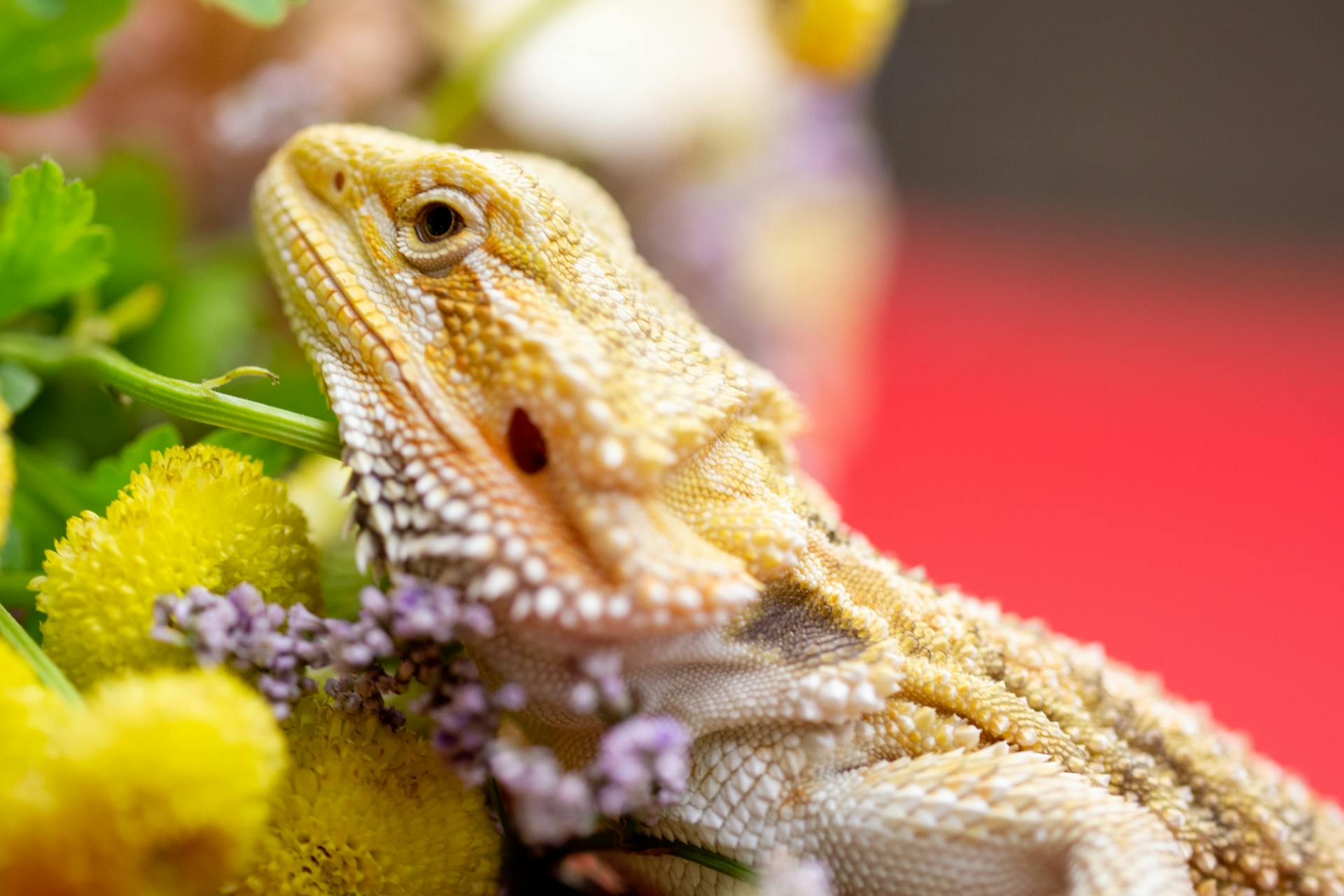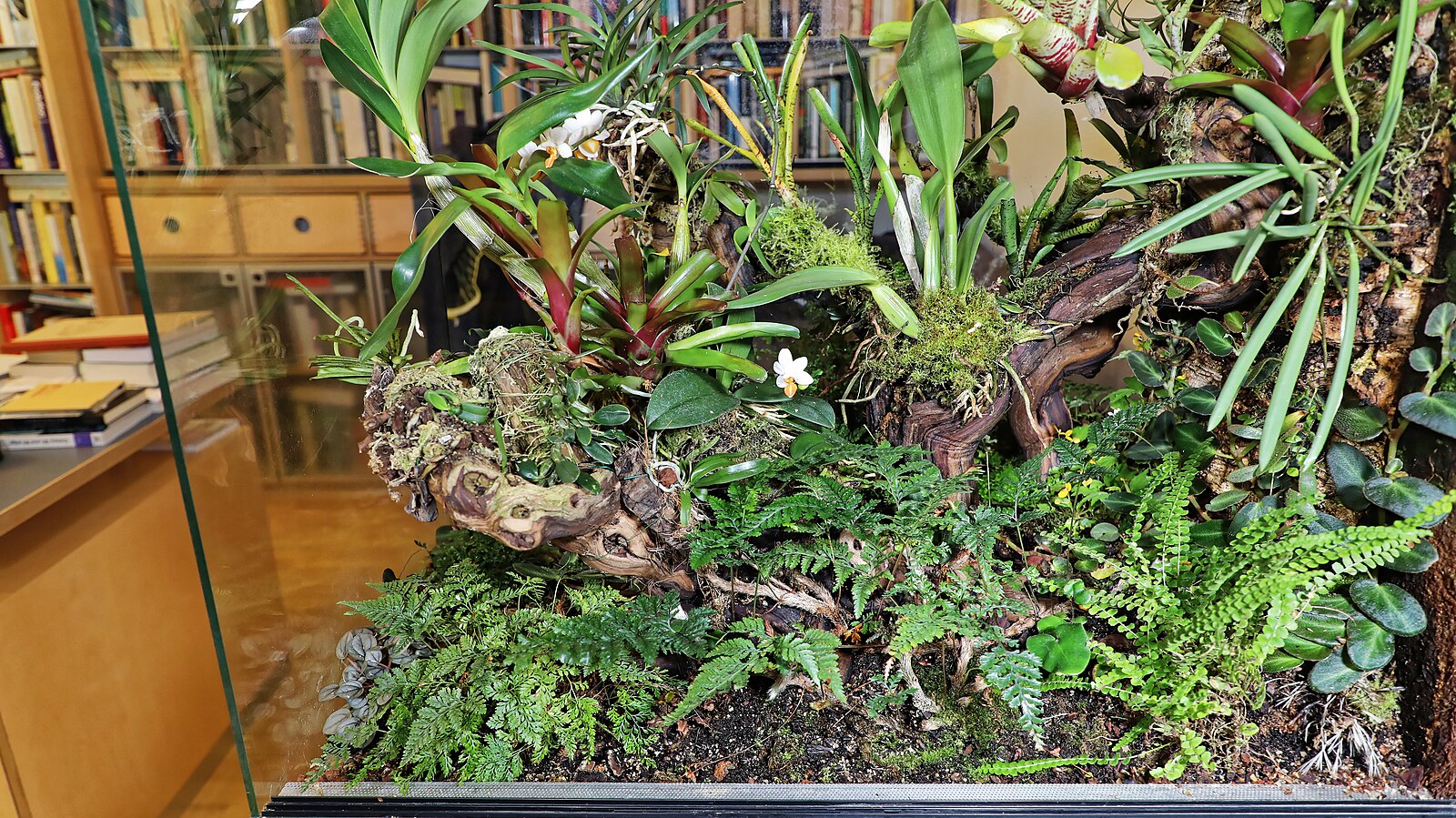For many exotic pet owners, providing the right habitat extends beyond just food, water, and shelter. One of the most crucial yet often overlooked elements is UVB lighting. Unlike common household pets like cats and dogs, many exotic species have evolved in environments with consistent exposure to the sun’s rays. These specialized lights aren’t just a luxury—they’re essential for maintaining health, proper development, and preventing serious diseases in many reptiles, amphibians, and birds. Understanding why UVB matters can make the difference between a thriving pet and one struggling with preventable health issues. Let’s explore the fascinating science behind UVB requirements and which popular exotic pets depend on this specialized light to survive.
The Science Behind UVB Light
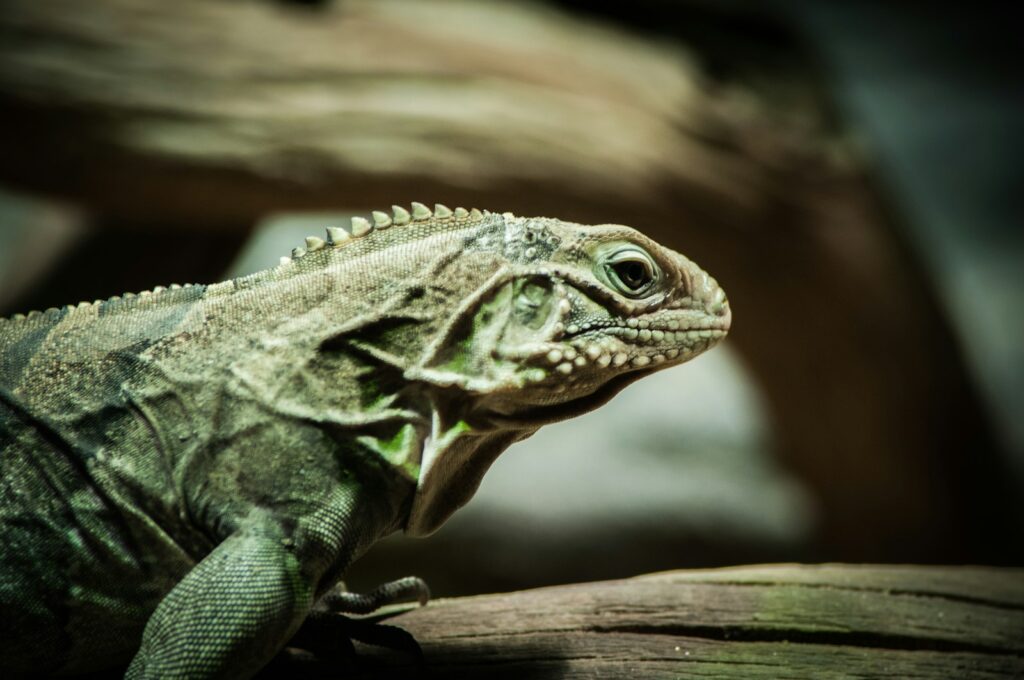
UVB (ultraviolet B) radiation is a specific wavelength of light emitted by the sun that falls between 290-320 nanometers on the electromagnetic spectrum. While invisible to the human eye, UVB plays a critical role in vitamin D synthesis in many animals, especially those that have evolved in sunny environments. When UVB light hits an animal’s skin, it triggers a photochemical reaction that converts a form of cholesterol in the skin into pre-vitamin D3, which is then metabolized by the liver and kidneys into active vitamin D3. This process happens naturally in the wild but must be recreated in captivity through specialized lighting. Without adequate UVB exposure, many exotic pets cannot properly metabolize calcium, leading to a cascade of health problems regardless of how much calcium is provided in their diet.
Reptiles and Their UVB Requirements
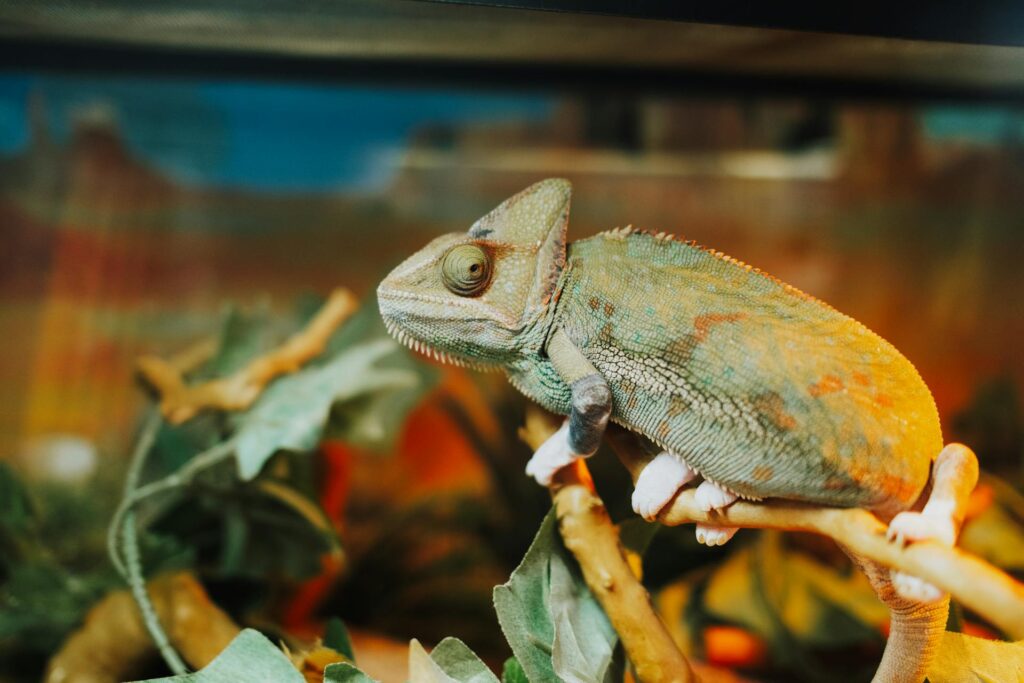
Reptiles are perhaps the most well-known group of exotic pets requiring UVB light, though their needs vary significantly by species. Diurnal (day-active) species such as bearded dragons, iguanas, and tortoises have the highest UVB requirements, as they would naturally bask in direct sunlight for hours each day. In contrast, crepuscular or nocturnal species like leopard geckos and ball pythons have lower UVB requirements, though many experts now recommend at least some UVB exposure even for these species. Desert species typically need stronger UVB output than tropical forest dwellers, who would naturally receive filtered sunlight through canopy cover. Providing species-appropriate UVB lighting isn’t optional for reptile owners—it’s a fundamental aspect of responsible exotic pet care that directly impacts long-term health outcomes.
Vitamin D3 and Calcium Metabolism
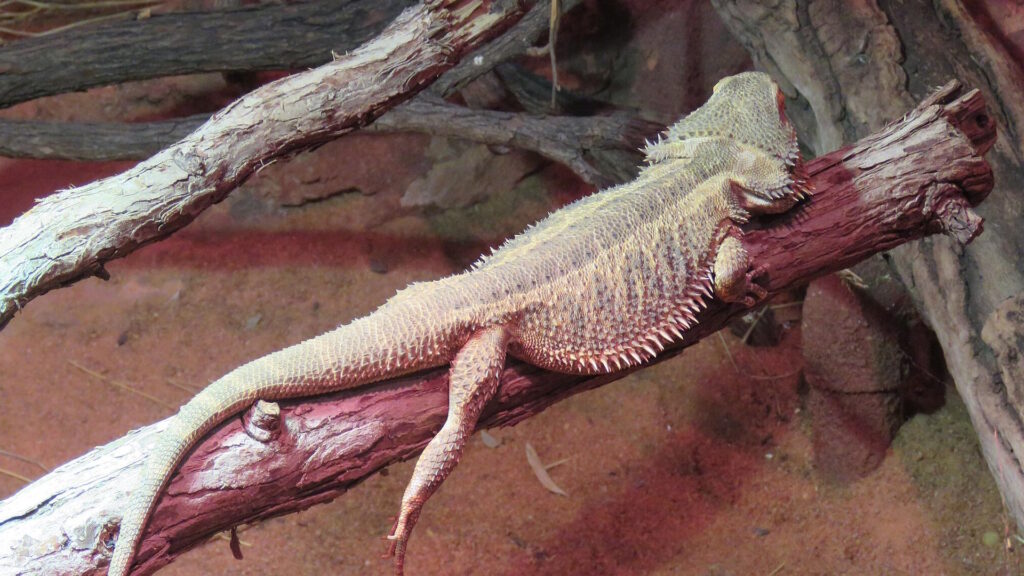
The relationship between UVB light, vitamin D3, and calcium metabolism forms the cornerstone of why UVB lighting is essential for many exotic pets. Vitamin D3 serves as the key that unlocks calcium absorption in the digestive tract; without it, calcium passes through the body unused regardless of how much is provided in the diet. This active form of vitamin D3 also regulates calcium movement between blood and bones, ensuring proper skeletal development and muscle function. Unlike humans and some mammals who can obtain vitamin D3 from their diet, most reptiles and many other exotic species must synthesize it through UVB exposure. This physiological requirement explains why even calcium-dusted insects or calcium-rich vegetables cannot substitute for proper UVB lighting in species that have evolved to obtain vitamin D3 through sun exposure.
Metabolic Bone Disease: The Consequence of Inadequate UVB
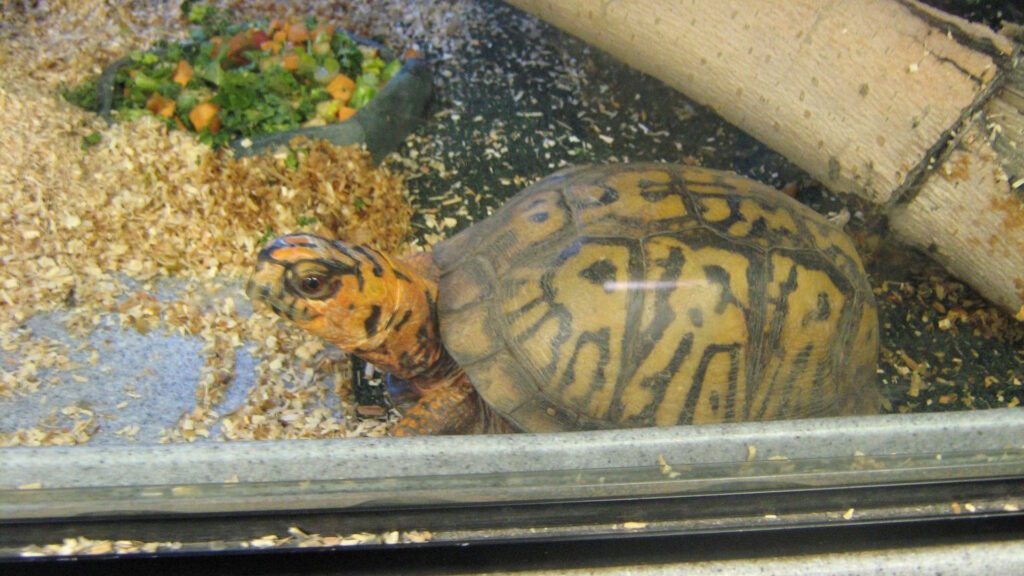
Metabolic Bone Disease (MBD) stands as the most common and severe consequence of insufficient UVB exposure in captive reptiles and other exotic pets. This condition develops when animals cannot properly metabolize calcium due to vitamin D3 deficiency, resulting in the body extracting calcium from bones to maintain essential functions. The visible symptoms can be heartbreaking: softened jawbones, bent limbs, spinal deformities, and in severe cases, pathological fractures or paralysis. Young, growing animals are particularly vulnerable, as their rapid development creates higher calcium demands. Even with proper dietary calcium supplementation, MBD will develop without adequate UVB lighting in species that require it. Most devastating is that MBD is entirely preventable with proper husbandry, yet remains one of the most common conditions seen in exotic veterinary practice.
Bearded Dragons: High UVB Dependency
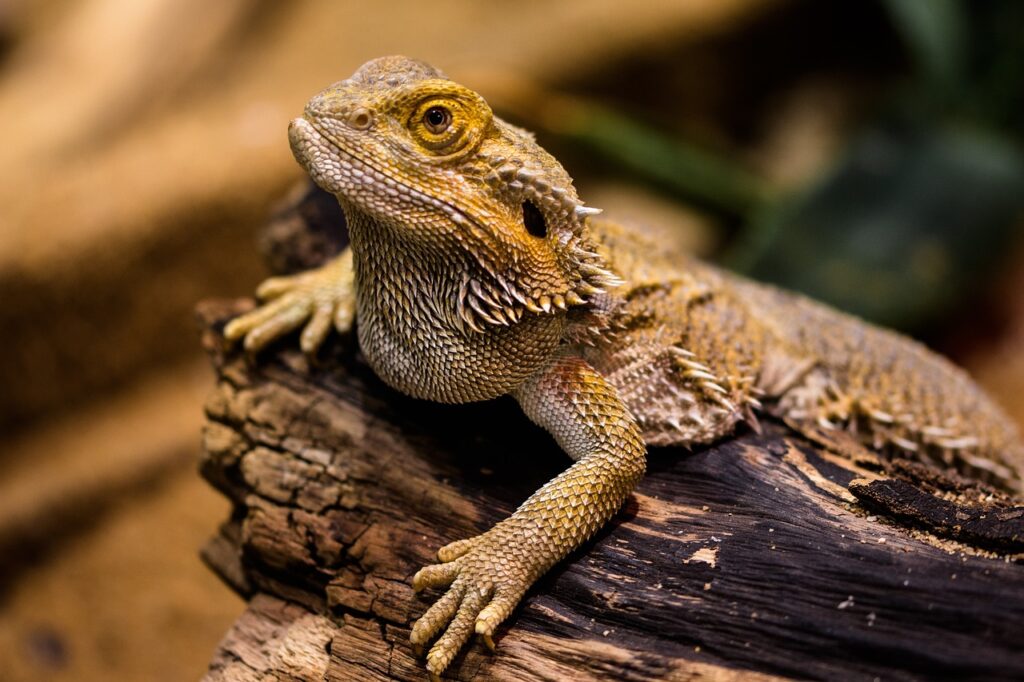
Bearded dragons exemplify the critical importance of UVB lighting for desert-dwelling reptiles. Native to the sun-drenched regions of Australia, these popular lizards have evolved to synthesize vitamin D3 through extensive basking in direct sunlight. In captivity, bearded dragons require UVB lighting that reaches 8-10% output (or higher) positioned correctly within their enclosure to recreate their natural environment. Without sufficient UVB exposure, bearded dragons quickly develop MBD despite proper diet due to their inability to process calcium effectively. Their UVB requirements actually increase during growth phases, with juveniles needing more intensive exposure than adults. Proper UVB provision not only prevents disease in bearded dragons but also promotes natural behaviors like proper thermoregulation, activity cycles, and breeding readiness.
Chameleons: Specialized UVB Needs
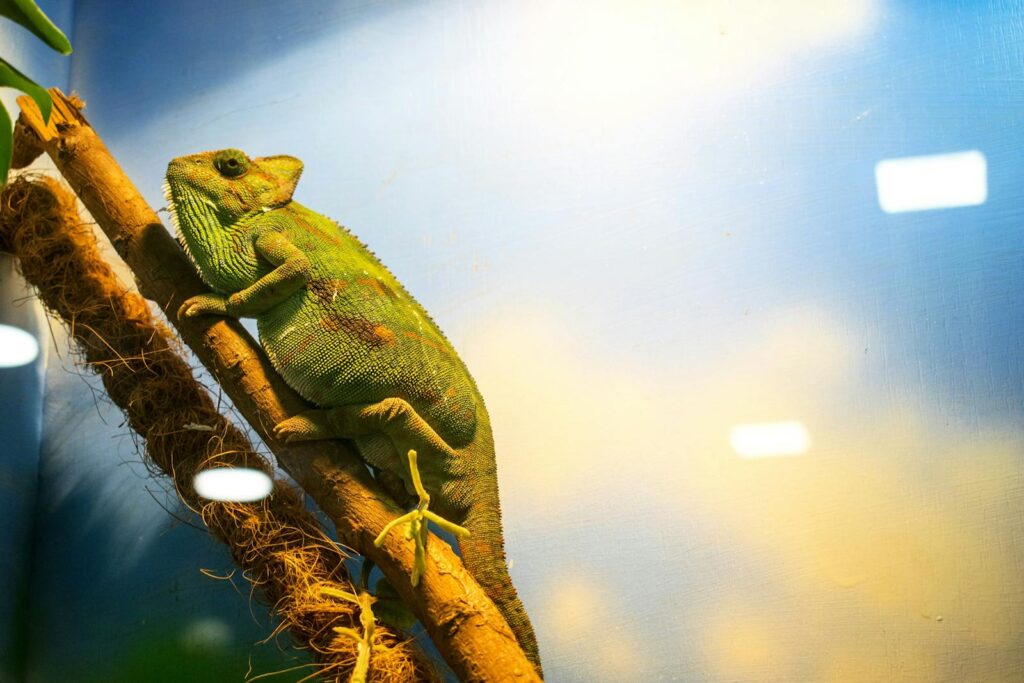
Chameleons present one of the most nuanced UVB requirements among reptile pets due to their specialized natural habitats and behaviors. As arboreal species that live among branches and foliage, many chameleons naturally receive filtered or dappled UVB rather than direct exposure. Species like veiled chameleons (Chamaeleo calyptratus) require moderate UVB levels, while forest-dwelling species like panther chameleons (Furcifer pardalis) benefit from gentler UVB exposure that mimics light filtering through canopy. Providing gradient UVB exposure allows chameleons to self-regulate their exposure through natural climbing and basking behaviors. Incorrect UVB provision in chameleons can lead not only to MBD but also to eye damage and stress-related health issues. Their sensitive nature makes proper UVB lighting crucial but requires careful implementation that balances intensity with appropriate distance and duration.
Tortoises and UVB Requirements
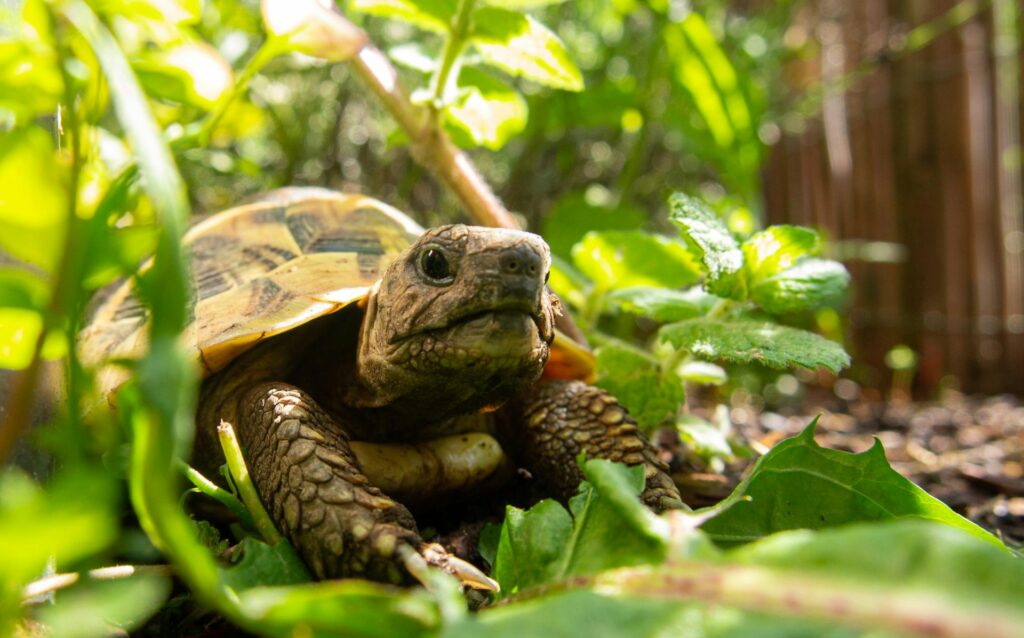
Tortoises represent some of the most UVB-dependent reptile species kept as pets, with requirements that reflect their natural tendency to bask for extended periods in open, sunny habitats. Species like the popular Russian tortoise (Testudo horsfieldii) and Greek tortoise (Testudo graeca) have evolved shells that allow them to thermoregulate while absorbing significant UVB radiation. Their high calcium demands for shell and bone maintenance make proper UVB exposure absolutely essential for long-term health. Unlike some reptiles that might survive (though not thrive) with minimal UVB, tortoises typically show severe health deterioration without proper lighting. Their long lifespans mean that UVB deficiencies can result in decades of suffering from preventable conditions like pyramiding (abnormal shell growth), softened shells, and compromised immune function.
Amphibians and Their Variable UVB Needs

The UVB requirements for amphibian pets vary significantly between species, with newer research suggesting many benefit more from UVB than previously thought. Diurnal species like dart frogs (Dendrobatidae) and certain tree frogs appear to utilize UVB for vitamin D synthesis, though at lower levels than most reptiles. In contrast, strictly nocturnal amphibians like many salamanders and fossorial (burrowing) species have minimal natural UVB exposure and consequently lower requirements in captivity. Providing appropriate UVB for amphibians involves careful consideration of their natural history, creating gradients that allow for self-regulation, and balancing UVB needs with their often moisture-dependent skin. For species like White’s tree frogs (Litoria caerulea) that naturally bask, moderate UVB exposure supports proper calcium metabolism and may contribute to stronger immune function.
Birds and UVB Benefits
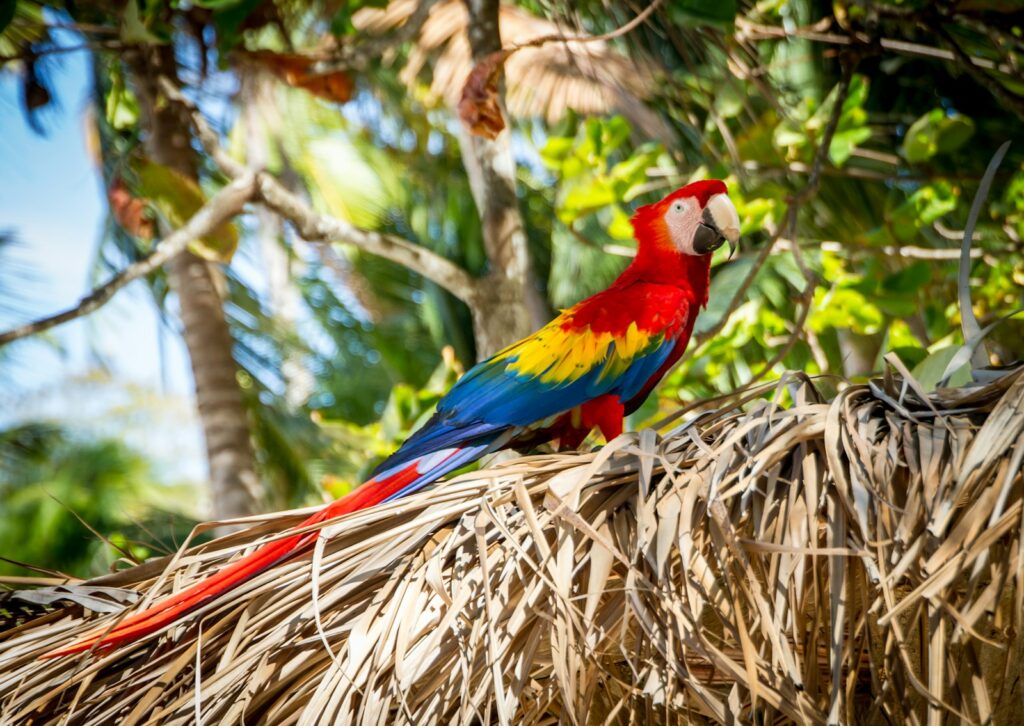
Many exotic bird species benefit significantly from UVB exposure, though their requirements differ from reptiles in important ways. Birds can synthesize vitamin D3 through specialized glands and through UVB exposure to unfeathered parts of their bodies like legs and around the eyes. Species like parrots, finches, and canaries show improved feather condition, breeding success, and overall health when provided with appropriate UVB lighting. Beyond vitamin D synthesis, UVB lighting helps birds visualize their environment more naturally, as avian vision includes the ability to perceive ultraviolet wavelengths invisible to humans. This enhanced vision affects everything from food selection to mate choice, making UVB an important aspect of psychological well-being for many bird species. Bird-specific UVB bulbs provide the appropriate spectrum while minimizing potentially harmful UVA radiation that can contribute to feather picking and other behavioral issues.
Selecting the Right UVB Equipment
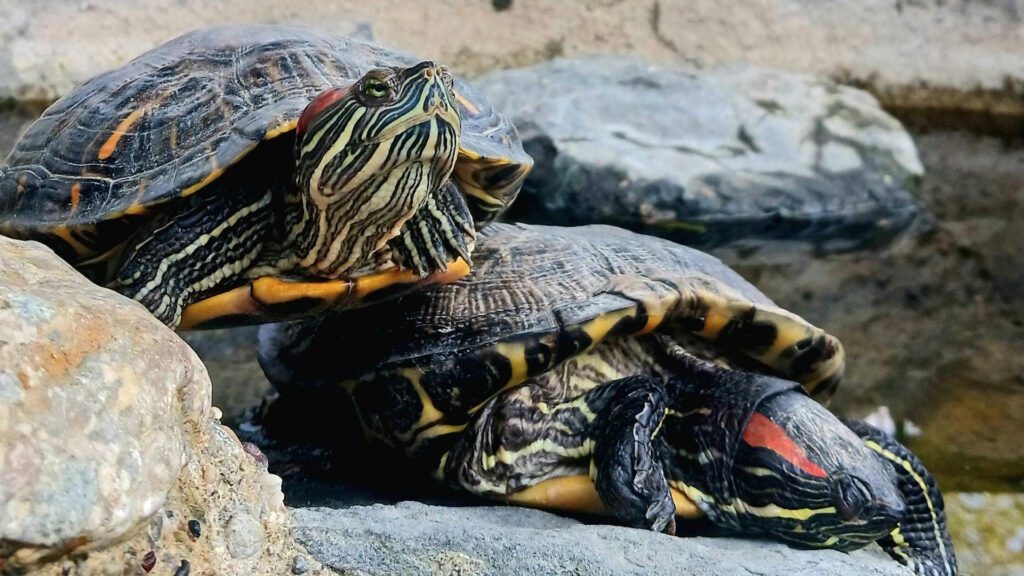
Choosing appropriate UVB lighting involves understanding multiple factors beyond simply purchasing any UVB bulb. The percentage of UVB output (ranging from 2% to 12%+) must match the species’ natural requirements, with desert species generally needing higher output than tropical or forest dwellers. Bulb type matters significantly—tube fluorescents provide broader coverage but lower intensity, while mercury vapor bulbs provide both heat and concentrated UVB. Distance from the animal is crucial, as UVB strength decreases exponentially with distance; most manufacturers provide specific mounting height recommendations. Many owners overlook the fact that UVB bulbs diminish in strength over time, requiring replacement every 6-12 months even when they still produce visible light. Modern UVB meters allow precise measurement of output, helping owners ensure their pets receive appropriate exposure throughout the bulb’s functional lifespan.
Common Misconceptions About UVB Lighting
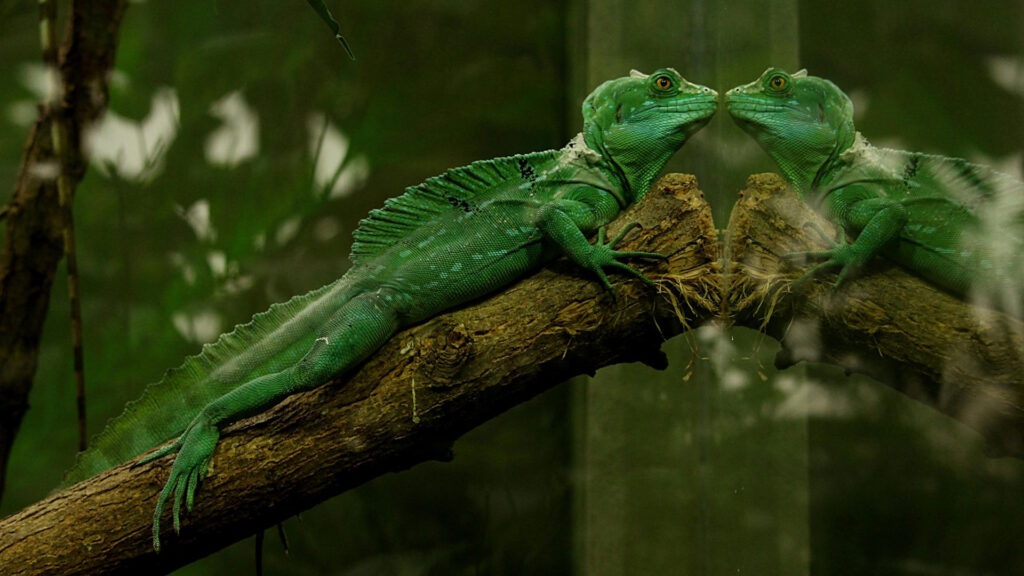
Several persistent myths continue to circulate regarding UVB lighting for exotic pets, potentially endangering animal health. Perhaps the most dangerous misconception is that calcium supplements alone can replace UVB lighting—this fundamentally misunderstands how calcium metabolism works in UVB-dependent species. Another common myth suggests that glass or plastic enclosures with access to window light provide sufficient UVB, when in fact these materials filter out virtually all UVB radiation. Some owners incorrectly believe that UVB is only needed for young, growing animals, when many species require lifelong exposure for proper health maintenance. The misconception that all reptiles have identical UVB requirements leads to inappropriate lighting setups that may provide too much or too little exposure for specific species. Understanding the science behind UVB requirements helps dispel these potentially harmful myths and ensures proper care for exotic pets.
UVB and Exotic Mammal Pets
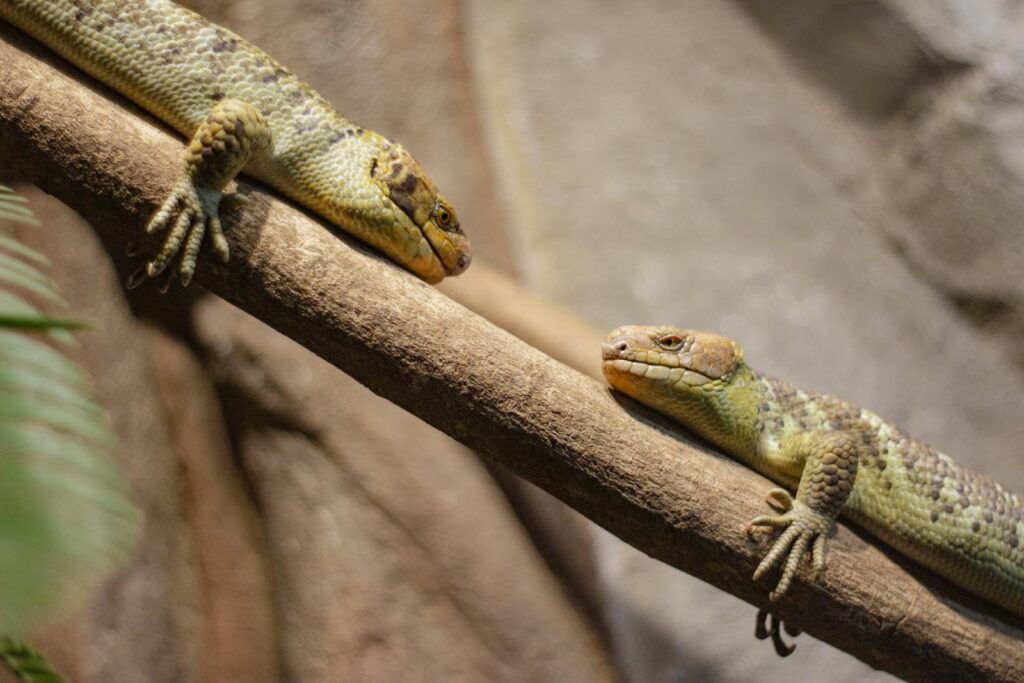
While reptiles and birds receive the most attention regarding UVB requirements, emerging research suggests certain exotic mammal pets may also benefit from controlled UVB exposure. Species like sugar gliders, hedgehogs, and some rodents show improved vitamin D metabolism, coat condition, and activity levels when provided with appropriate UVB lighting that mimics natural exposure patterns. Unlike obligate UVB-dependent reptiles, these mammals can typically synthesize some vitamin D from dietary sources, but supplemental UVB appears to optimize health outcomes. Diurnal exotic mammals that would naturally experience sunlight in their native habitats seem to benefit most from UVB provision. When implementing UVB for exotic mammals, lower output percentages and careful monitoring are essential, as these species haven’t evolved the same protective mechanisms as reptiles for managing high UV exposure.
The Future of UVB Technology for Exotic Pets
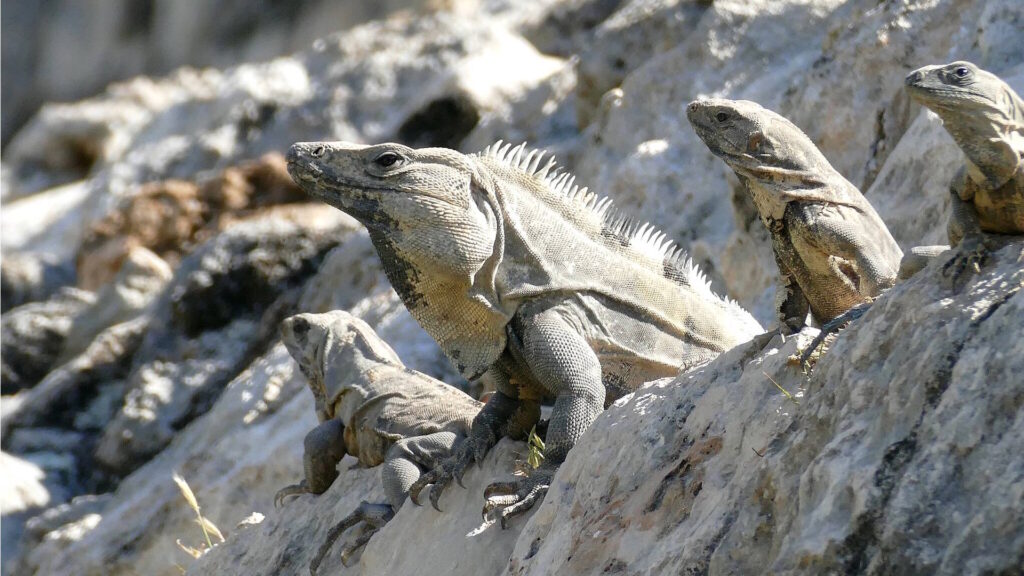
The field of UVB lighting technology continues to evolve rapidly, with promising developments that will benefit exotic pet owners. Modern LED-based UVB systems are emerging that provide more precise wavelength targeting, longer operational lifespans, and improved energy efficiency compared to traditional fluorescent or mercury vapor options. Automated systems that gradually increase and decrease UVB intensity throughout the day now better replicate natural solar cycles, potentially improving both physical health and natural behavior patterns in captive species. New materials in bulb construction are reducing harmful byproducts like UVC radiation while maximizing beneficial UVB output. Perhaps most significantly, improved testing standards and more transparent manufacturer reporting are helping owners make better-informed decisions about which products best meet their specific pets’ requirements. As research continues to refine our understanding of species-specific UVB needs, lighting technology is evolving in parallel to meet those needs more effectively.
Conclusion
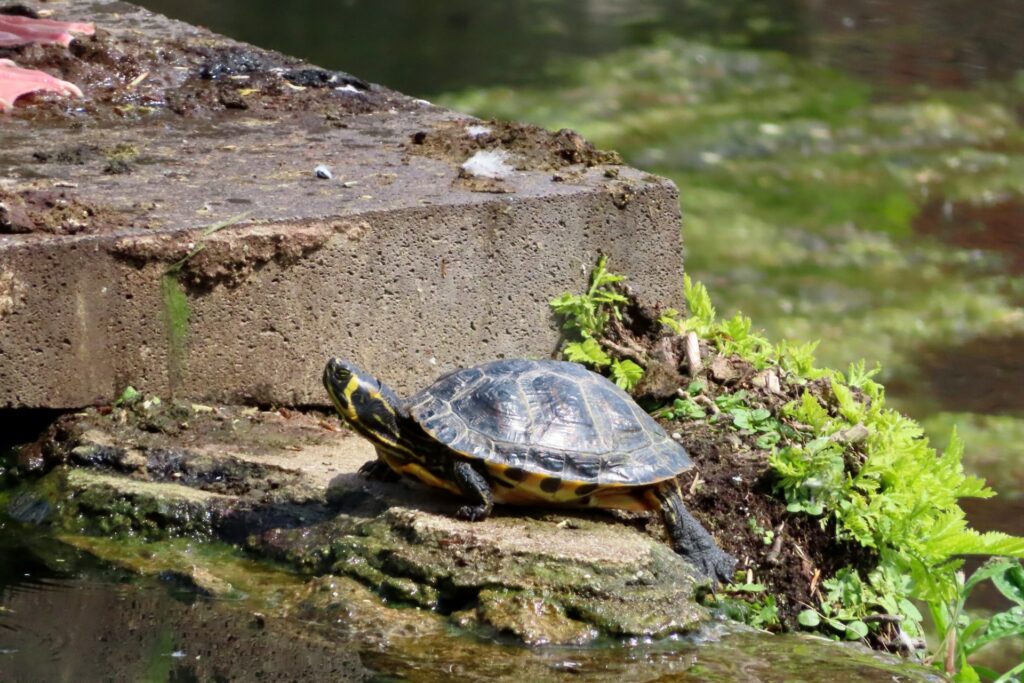
Understanding and providing appropriate UVB lighting represents one of the most fundamental responsibilities for owners of many exotic pet species. This specialized light isn’t simply an optional enhancement but rather a critical component that directly impacts physiological functions, from proper bone development to immune system regulation. The consequences of inadequate UVB provision can be severe and often irreversible, particularly in reptile species with high calcium demands. As research continues to expand our knowledge of species-specific requirements, responsible exotic pet ownership demands staying informed about proper lighting techniques. By recreating the natural light conditions these animals have evolved to thrive under, we can help ensure our exotic companions live long, healthy lives in captivity that reflect their natural vitality in the wild.

